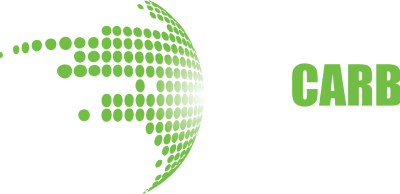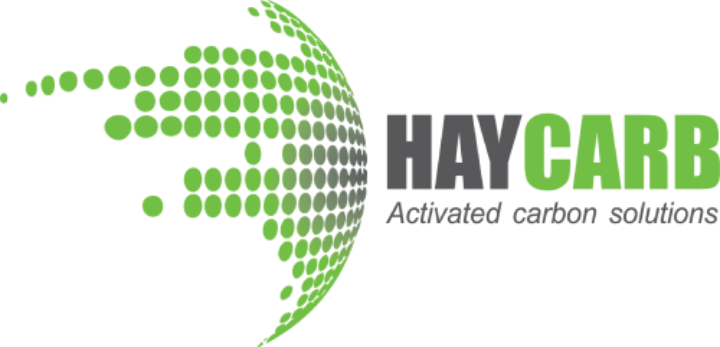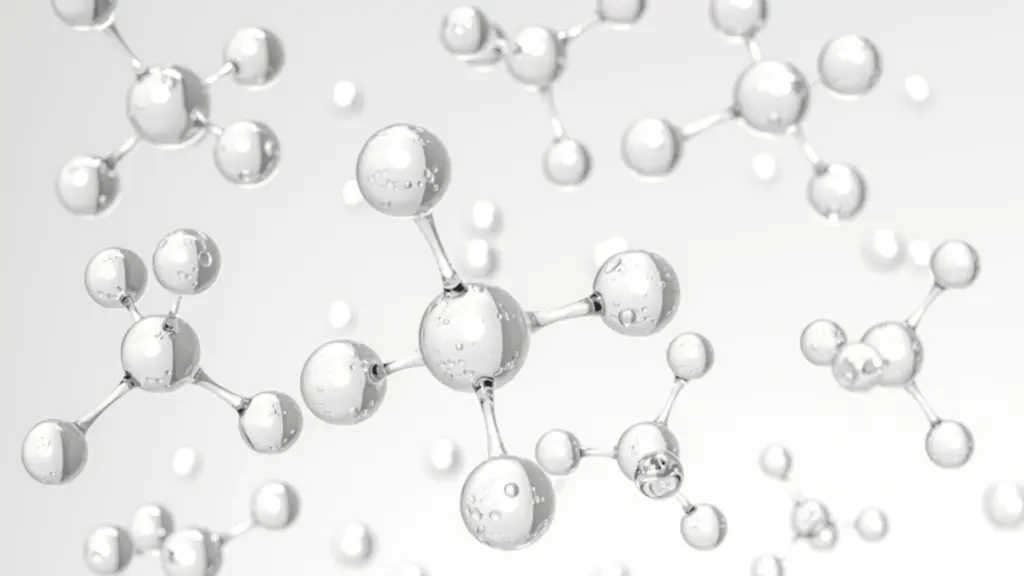
Worried about the safety of your water in the face of rising PFAS contamination?
PFAS contamination is rapidly emerging as one of the most pressing environmental challenges worldwide. These persistent “forever chemicals” have been linked to serious health risks, and with growing regulatory scrutiny, industries and municipalities alike are searching for solutions that are both highly effective and environmentally responsible. Among the available technologies, PFAS removal using granular activated carbon (GAC) has proven time and again to be a reliable frontline solution for PFAS treatment, offering a balance of effectiveness and sustainability unmatched by alternative methods.
Granular Coconut Shell Activated Carbon (GAC) stands out for its exceptional balance of performance, sustainability, and durability. Backed by decades of research and field-proven success, this material provides a precise combination of micro- and mesoporous structures that capture even the smallest PFAS molecules efficiently.
Why Coconut-Shell GAC?
Coconut-shell based GAC offers a unique pore structure and mechanical strength ideal for the removal of organic micropollutants, taste-and-odor compounds, and PFAS. Its predominantly narrow micropore distribution (<2 nm) with optimum meso porosity and high hardness (≥95%) enable longer run lengths and reduce fines generation during backwash or transport. These properties perform better compared to bituminous or lignite-based carbons, making it particularly effective for drinking-water and industrial polishing applications.
The typical physical properties of Granular Coconut Shell Activated Carbon for PFAS Removal demonstrate its suitability for PFAS removal applications. It features an iodine number of 1000–1200 mg/g (ASTM D4607), indicating high micropore volume for effective adsorption. The hardness number is ≥95 (ASTM D3802), ensuring exceptional mechanical durability and resistance to attrition during handling and backwashing. Its apparent density ranges from 0.48 to 0.56 g/cc (ASTM D2854), providing consistent hydraulic performance, while moisture content is kept below 5% (ASTM D2867) and ash content remains under 3% (ASTM D2866), reflecting high purity. Additionally, the particle size distribution (12×40 mesh) meets a minimum of 95% (ASTM D2862), supporting uniform flow and minimizing channeling within treatment systems. These combined characteristics make coconut-shell GAC a robust and reliable media for both municipal and industrial PFAS treatment systems.
Superior Micro – Meso porosity for Maximum PFAS Adsorption
PFAS molecules such as PFOA and PFOS are small, persistent contaminants that require an adsorbent with precise micro- and mesoporous characteristics. Coconut shell activated carbon naturally possesses a high micropore volume and a dense structure ideal for capturing these compounds.
Studies show that optimized GAC systems can achieve over 99% of high performance PFAS adsorption from water delivering extended bed life and longer PFAS breakthrough times compared with conventional carbons.
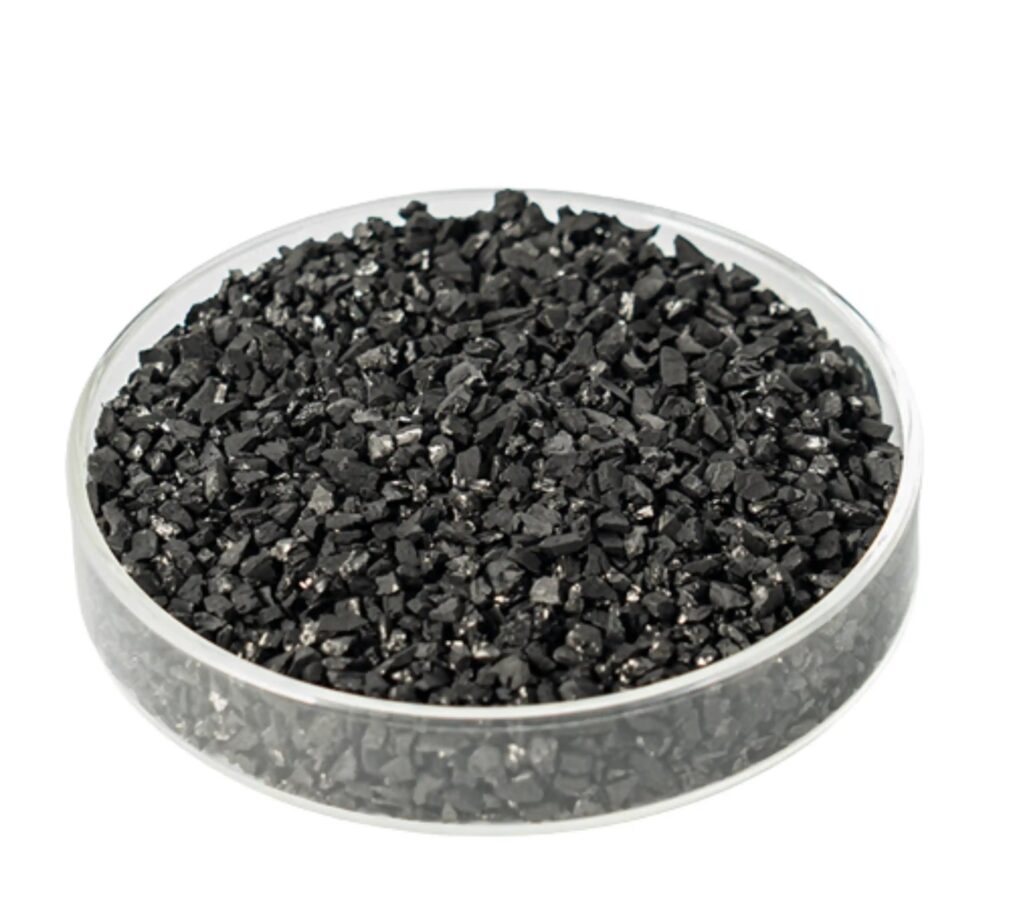
PFAS Adsorption Behavior
The adsorption performance of activated carbon varies depending on molecular characteristics and water chemistry. Haycarb’s specially developed GAC products are designed to effectively remove long-chain PFAS compounds such as PFOA and PFOS, which exhibit strong affinity toward carbon surfaces. For applications requiring broader treatment coverage, hybrid configurations such as GAC combined with ion exchange or other polishing steps can further enhance overall activated carbon adsorption efficiency, offering a flexible solution for diverse PFAS removal requirements.
Design Guidelines for PFAS Treatment Using Haycarb Coconut-Shell GAC
For 12×40 ASTM coconut-shell granular activated carbon (GAC) used in PFAS removal systems:
- Empty Bed Contact Time (EBCT): 5 to 25 minutes, depending on total organic carbon (TOC) levels and other co-contaminants in the raw water. EBCT can be optimized based on pilot data collected using real water samples.
- System Configuration: Use a lead–lag vessel setup – the lead unit handles the initial inflow until PFAS breakthrough begins, while the lag vessel provides polishing and ensures consistent treated-water quality.
- Pre-Treatment: It is advisable to include pre-filters to remove particulates, suspended solids, and organic matter. This preserves GAC adsorption capacity and delays breakthrough.
- Parallel Design: Design systems with parallel GAC vessels to allow smooth operation during maintenance or carbon replacement.
- Flow Direction: A bottom-up (upflow) configuration is preferred to ensure even hydraulic distribution, full bed utilization, and stable PFAS breakthrough control.
Proven Durability in Challenging Treatment Conditions
PFAS treatment systems often face fluctuating influent loads, co-contaminants, and temperature variations. Coconut shell GAC offers exceptional mechanical hardness (≥95%) and superior abrasion resistance, maintaining stable adsorption performance through multiple cycles. The benefits include:
- Longer operational lifespan
- Reduced media replacement frequency
- Lower total cost of ownership
This combination of strength and stability makes coconut shell carbon ideal for municipal, industrial, and groundwater remediation systems, as well as smaller-scale POU and POE systems where reliability and long-lasting performance are critical.
Reactivation and Sustainability
Spent granular activated carbon (GAC) can be safely reactivated at certified thermal facilities that achieve PFAS destruction efficiencies of ≥99.99%, ensuring environmentally responsible handling. Coconut-shell GAC offers a unique sustainability advantage, as its renewable feedstock provides a carbon-neutral lifecycle benefit, avoiding approximately 0.9–1.5 metric tons of CO₂ per metric ton compared with coal-based alternatives. Haycarb’s reactivation partners maintain full traceability and compliance with EPA Method 537.1, guaranteeing secure management of spent media throughout the process.
Environmental Responsibility in PFAS Solutions

Unlike fossil-based carbons, coconut shell GAC is derived from renewable agricultural by-products.
Each ton of coconut shell carbon used instead of coal-based carbon helps avoid up to 1.5 tons of CO₂ emissions, reinforcing global sustainability goals and ESG mandates.
Haycarb’s vertically integrated production from shell sourcing to reactivation ensures traceability and reduces waste, aligning with a circular-economy model that leading industries are now prioritizing for environmental compliance. These efforts reflect Haycarb’s commitment to delivering environmentally sustainable PFAS solutions worldwide.
Certified Safety and Global Compliance
Our PFAS-removal solutions are tested and certified to meet the highest international standards:
- NSF certified activated carbon ensures safety for drinking-water contact applications.
- California Proposition 65 Compliance guarantees the absence of harmful substances.
- Validation by the Water Quality Association (WQA) confirms consistent performance and adherence to recognized water-treatment standards.
The Market Momentum
Across the United States and globally, environmental and water-treatment leaders are increasingly adopting granular activated carbon (GAC) for PFAS mitigation. These organizations rely on activated carbon to address diverse PFAS-contamination challenges, from site characterization and groundwater remediation to treatment of industrial effluents and firefighting foam impacts.
This growing adoption demonstrates that coconut shell-based GAC is recognized as a front-line solution for PFAS treatment, valued for its adaptability, efficiency, and reliability across multiple applications.
Advanced PFAS treatment with granular activated carbon systems have become essential in large-scale remediation projects, combining adsorption strength with long-term operational stability.
Engineered for Real-World Impact
At Haycarb, we customize specially developed coconut-based GAC to deliver:
- High adsorption capacity and faster kinetics for both long- and short-chain PFAS
- Consistent quality assurance, meeting global regulatory standards
- Reliable scalability for industrial, municipal, and commercial systems
Our global facilities also supply bulk activated carbon to large-scale municipal and industrial partners, ensuring consistent quality and optimized performance across PFAS-removal applications
Our ongoing collaborations with global engineering and environmental partners positions Haycarb as a trusted innovator in PFAS filtration, committed to bridging technical excellence with environmental stewardship. With proven reliability across global installations, Haycarb’s Activated Carbon for PFAS Removal remains the benchmark for high-performance, sustainable water purification.
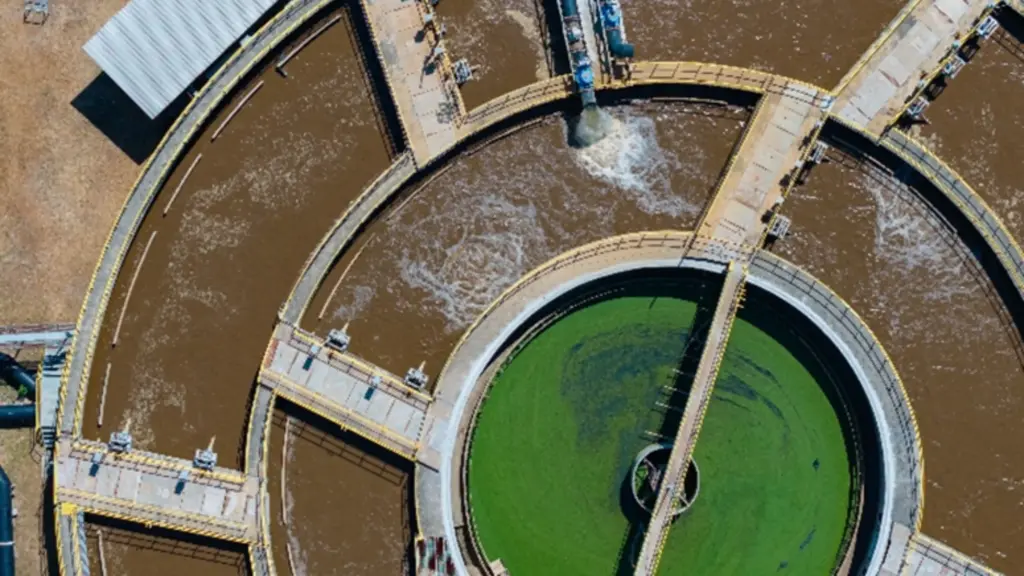
Delivering Safe, Sustainable Water Solutions
PFAS contamination has become one of the defining environmental challenges of our time.
As regulations tighten and stakeholders demand cleaner, safer water, coconut shell activated carbon is proving to be the most balanced, sustainable, and effective solution available.
As one of the leading Activated Carbon Suppliers, we continue to set benchmarks in PFAS removal and sustainability-driven water purification. With NSF-certified quality, Prop 65 compliance, and field-proven performance, Haycarb’s coconut-based GAC delivers not only technical superiority but also peace of mind for a cleaner, safer, and more sustainable future.
Our commitment to innovation ensures that our activated carbon product for PFAS removal meets the highest performance standards for environmental safety and water quality assurance.
Frequently Asked Questions (FAQs)
- How does water chemistry affect PFAS adsorption on coconut shell GAC? Real-world water contains dissolved organic carbon (DOC), minerals, and competing ions that can impact PFAS adsorption. High DOC can block pores in the carbon, reducing efficiency, while certain anions like sulfates or nitrates may compete with PFAS for binding sites.
- How is the lifespan of GAC determined in a PFAS treatment system? The lifespan depends on PFAS concentrations, water flow rate, and competing contaminants. Monitoring breakthrough times ensures media is replaced before PFAS levels exceed safety thresholds. Using Haycarb’s Activated Carbon for PFAS Removal extends bed life due to its superior microporosity and mechanical strength.
- Are there environmental benefits of using coconut shell GAC compared to other activated carbons? Yes. Coconut shell GAC is made from renewable materials, unlike coal-based carbons, reducing carbon footprint and supporting sustainability.
- How do Haycarb’s certifications benefit water treatment operators? Certifications like NSF/ANSI 61, Prop 65, and WQA validation assure that the carbon is safe for drinking water and meets international standards.
- What industries benefit most from coconut shell GAC for PFAS removal? Municipal water utilities, food and beverage manufacturers, chemical plants, and firefighting training facilities can all leverage Haycarb’s GAC solutions for reliable PFAS mitigation
- Can coconut shell GAC be regenerated and reused? Yes. Haycarb’s GAC can undergo sustainable regeneration processes, restoring adsorption capacity and reducing overall waste.
- Does the type of PFAS affect how well GAC performs? Yes. Long-chain PFAS like PFOA and PFOS are generally more easily adsorbed than shorter-chain variants. Choosing GAC with optimized micro- and mesoporosity ensures broad-spectrum PFAS removal.
- Can GAC systems handle fluctuating PFAS loads? Yes. Well-designed GAC systems can maintain performance even with variable influent concentrations, making them reliable for industrial and municipal applications.
- How do I determine the right GAC for my PFAS treatment needs? By analyzing water chemistry, PFAS profile, and flow requirements, our technical team recommends the most suitable solution
- How do I verify the effectiveness of PFAS removal using GAC? Regular water sampling and lab testing against PFAS standards confirm performance. Using Haycarb’s Activated Carbon for PFAS Removal ensures predictable and measurable reductions in contaminant levels.

